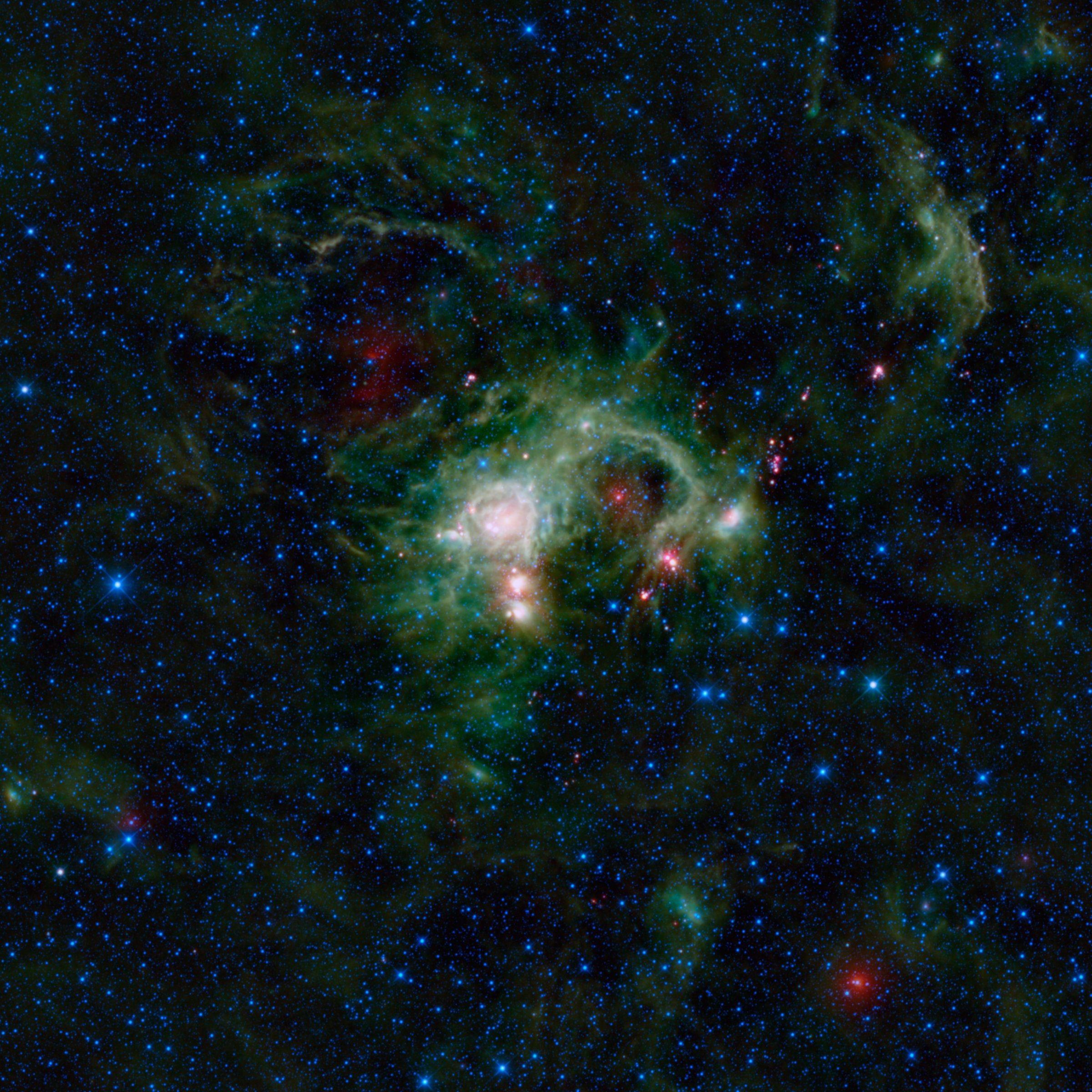
Astronomers have come closer to understanding dark matter — one of the most elusive substances in the universe — by using high-energy telescopes to study the gravitational force of vast groups of galaxies that are bound together by gravity, known as galaxy clusters.
Dark matter — which astronomers also believe is the most prevalent type of matter in the universe — is invisible and doesn’t give off light, yet it’s existence is evident in the gravitational influence it exerts on stars and galaxies.
Astronomers used NASA and European Space Agency (ESA) space-borne telescopes to determine that only 20% of galaxy clusters are composed of galaxies and the hot gas that occupies the spaces between them, while dark matter fills the rest.
The hot gas is mostly hydrogen, which creates x-rays that are visible through telescopes. Other substances floating in the galaxy cluster can create additional x-rays that have distinct wavelengths. While looking through multiple observations of the clusters, the team of astronomers noticed an x-ray with a unique wavelength that had not been spotted before. “So we had to look for an explanation beyond the realm of known, ordinary matter,” the lead author, Dr Esra Bulbul from the Harvard-Smithsonian Center for Astrophysics in Cambridge, told ESA.
Bulbul and her team believe that the x-ray was created by the deterioration of a unique subatomic particle called a sterile neutrino. This is a particle that (like dark matter) has not yet been detected by astronomers, but is believed to interact with matter through gravity. Although the astronomers admit that more observations are needed before a connection can be made, the characteristics of the sterile neutrinos make them a likely candidate as the creator of the abnormal x-rays. “If the interpretation of our new observations is correct, at least part of the dark matter in galaxy clusters could consist of sterile neutrinos,” Bulbul told ESA.
Bulbul and her team hope that the discovery can serve as an important puzzle piece to decode the complexities of the Universe.
More Must-Reads from TIME
- Why Trump’s Message Worked on Latino Men
- What Trump’s Win Could Mean for Housing
- The 100 Must-Read Books of 2024
- Sleep Doctors Share the 1 Tip That’s Changed Their Lives
- Column: Let’s Bring Back Romance
- What It’s Like to Have Long COVID As a Kid
- FX’s Say Nothing Is the Must-Watch Political Thriller of 2024
- Merle Bombardieri Is Helping People Make the Baby Decision
Contact us at letters@time.com